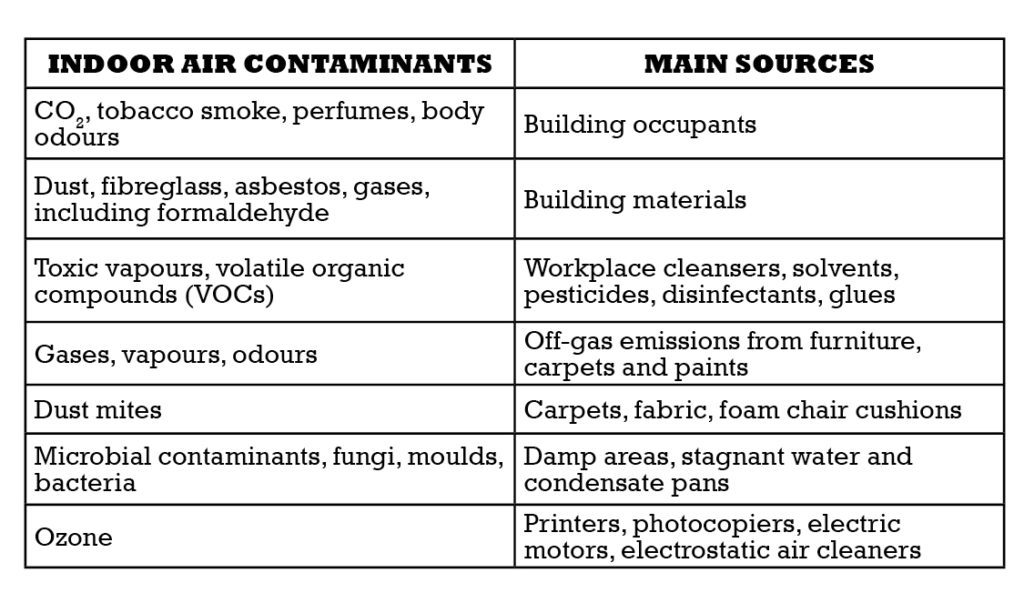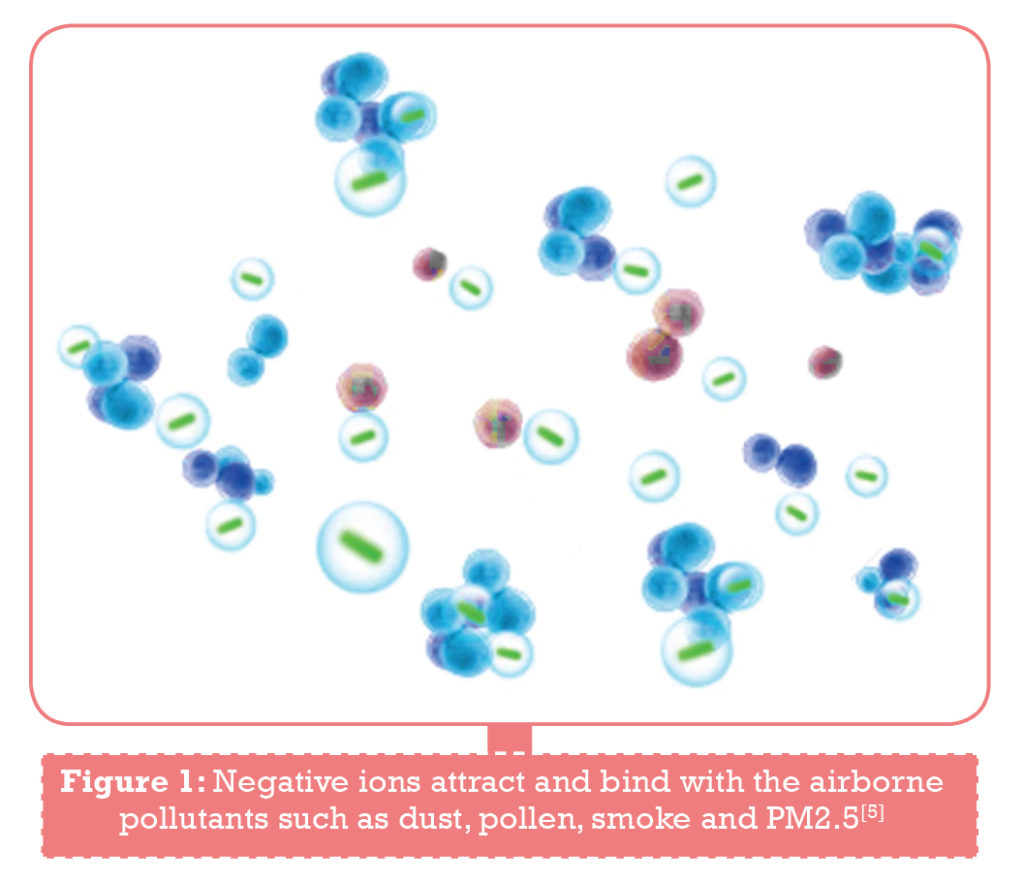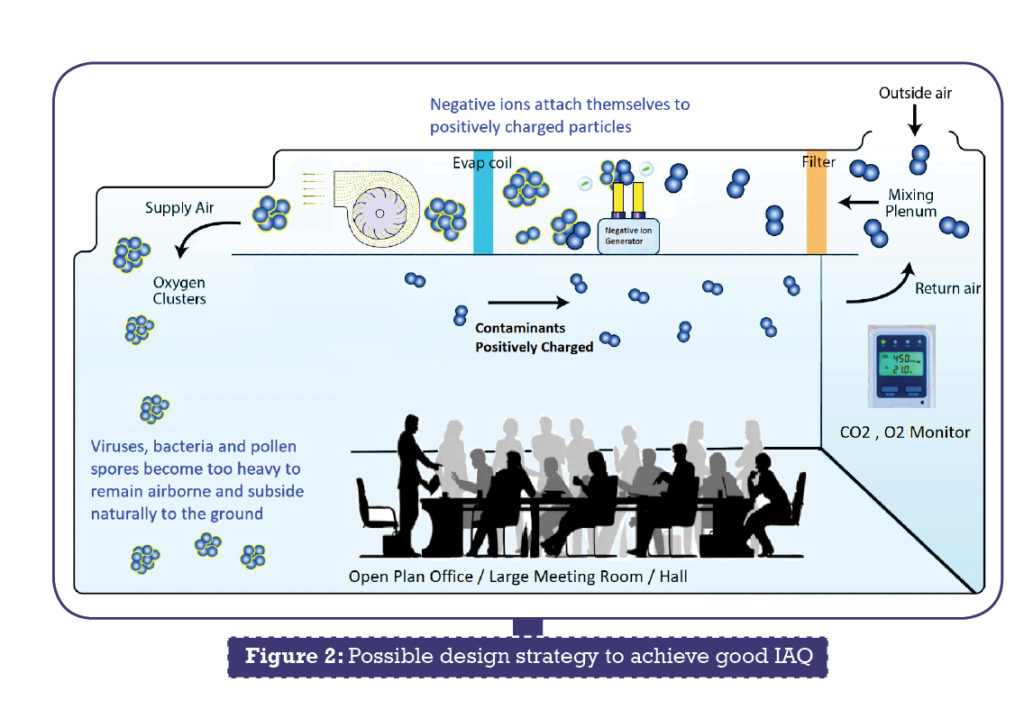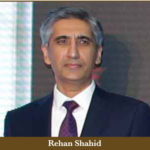Rehan Shahid argues that even with recommended, and sometimes even higher, ventilation rates, and Carbon Dioxide (CO2) sensors and monitors, individuals at the workplace may experience headaches, fatigue, coughing, sneezing and other physical conditions
Sick Building Syndrome (SBS) is a condition affecting office workers, typically marked by headaches and respiratory problems, attributed commonly due to few factors in the working environment, the most common being poor ventilation.
Even with recommended, and sometimes even higher, ventilation rates, and Carbon Dioxide (CO2) sensors and monitors, individuals at the workplace may experience headaches; fatigue; coughing; sneezing; irritation of the eyes, nose, throat and the skin and, in extreme cases, passing out. The first two, as we know, are quite common when discussing SBS.
COMMON FACTORS FOR SBS AND POOR IAQ
One probable reason is that the oxygen in the atmosphere becomes less and closer to the 19.5% level. Occupational Safety and Health Administration (OSHA) defines as oxygen deficient ‘any atmosphere that contains less than 19.5% oxygen’. The air in our environment consists of approximately 78% Nitrogen and 20.9 % Oxygen; the remaining fraction consists of mainly Argon and trace amounts of Carbon Dioxide, Neon and Helium.
The imbalance in air composition may be due to the Oxygen being displaced by inert gases, such as Carbon Dioxide and Nitrogen, or due to the increase in other (toxic) gases, resulting in reduced oxygen concentration in air by volume. For instance, contaminants from outside, like pollutants from motor vehicle exhaust, plumbing vents and building exhausts (bathrooms and kitchens) can enter the building through poorly located air intake vents, windows and other openings.
SIDE-EFFECTS OF INADEQUATE OXYGEN
Any physical activity, when the Oxygen concentrations drop from 19.5% to 16%, result in the body’s cells failing to receive the Oxygen needed to function correctly. This results in mental functions becoming impaired and respiration irregular.
Here are some examples of common indoor air contaminants and their main sources:

THE NOT-SO-OBVIOUS REASON: POSITIVE AIR IONS – ELECTROMAGNETIC RADIATION
Equipment like computers, televisions and microwaves emit electromagnetic radiation, which ionises the air.
Positive ions are produced by a discharge of voltage in high-voltage networks, heating and air conditioning systems, computers, televisions, transmitters, exhausts and cigarette fumes, smog, radiation, and harmful chemicals and toxins. Studies indicate that exposure to positive air ions may be associated with feelings of unpleasantness, irritability and heightened anxiety. [1, 2] The effect of this imbalance – that is, increase in cations on indoor air quality – is hardly ever contemplated and almost never considered when designing ventilation systems.
Atmospheric ions can affect health, wellbeing, efficiency, emotions and mental attitude of human beings. This underlines the reason why more people complain of IAQ in the call centres and densely occupied open-plan offices.
Normal fair-weather ion concentrations are 200-800 negative and 250-1,500 positive ions per cubic centimetre; indoor levels are usually lower than this.
The highest concentration of unhealthy positive ions is found in crowded areas and in confined spaces, such as offices, industrial areas, schools and cars.
ALTITUDE SICKNESS – MEGA-TALL SKYSCRAPERS
Generally speaking, the right amount of oxygen is available in the atmosphere at sea level.
When the altitude increases – as on mountain dwellings and mega-tall skyscrapers – there is less atmospheric pressure, and this lower pressure allows air to expand more than it does at sea level. The ratio of the Oxygen and Nitrogen in the air remains the same, but fewer molecules are available within the same space due to lower atmospheric pressure.
What that means is, each breath taken at a higher altitude would contain fewer Oxygen molecules than when breathing at a lower altitude. This may cause altitude sickness, such as headache, nausea and fatigue.
Therefore, the ventilation rates considered at sea level may not be appropriate at higher
altitudes and, therefore, should be increased or adjusted accordingly.
POSSIBLE SOLUTIONS
An apparent way forward would be to keep a check on the Oxygen levels in the occupied space or spaces by using Oxygen sensors
and monitors to provide real-time data. This, combined with sensors, would take the guesswork out, and the designer would be able
to ensure that the Oxygen levels don’t drop below the OSHA- recommended minimum of 19.5% by volume, by increasing the ventilation rate or by employing other measures, such as air purifiers.
The negative-ion air purifier is a solution, as it creates negative oxygen atoms. The air purifier then releases the ions into the surrounding atmosphere. It is important to understand that the negative ions and Ozone are two different things. A negative ion is an oxygen atom with an extra electron (O2-) and is odourless, whereas Ozone is Oxygen paired with an extra Oxygen atom (O3) and can have a distinct odour in high concentrations.
The most important benefit of negative ions is that they clear the air of airborne allergens, such as pollen, mould spores, bacteria and viruses. Negative ions perform this function by attaching themselves to positively charged particles in large numbers and negatively charging those particles (Figure 1). As a result, the viruses, bacteria and pollen spores become too heavy to remain airborne and subside naturally to the ground or other surfaces to be cleaned up by normal cleaning process. That way, they do not enter the air passageway.


FOR WHAT IT’S WORTH
Introducing more fresh air has its merits, a fact also backed by health organisations, but it comes at a price. But, when having even more fresh air doesn’t solve the SBS, mainly because the indoor air contaminants combined with Air Quality Index levels of the locale are higher than moderate – that is, 100 numerical value – then we must look a little deeper.
The ventilation system employed in such cases needs to be a little more intelligent. That is, it should be able to monitor the basic essential parameters that affect the health of the occupants. These may include CO2, RH, O2 and, where deemed necessary, VOC levels; and based on the readings from the sensors, sufficient volume of fresh air is introduced into the space.
This approach, combined with a negative-ion generator or air- purifier, which may be part of the fresh air unit or inside a supply air duct, would ensure that the indoor air quality is maintained at levels higher than the minimum recommended by various international standards (Figure 2).
Negative ion machines are proven to clear the air of dust, pollen, mould spores and other potential allergens. The following are just some of the applications for negative-ion generators: Hospitals, schools, offices, malls, restaurants, food preparation areas and places of worship. [3]
Furthermore, Demand Control Ventilation may still be employed with an auto override function that would allow fresh air to be increased when the O2 levels are below the recommended levels.
By having these systems in place, it can be ensured that the indoor air quality is kept at, or above, the recommended levels, thereby reducing SBS, whilst still boasting an energy-efficient ventilation system.
References:
Rehan Shahid is Director at P&T Architects & Engineers. He may be contacted at rehan@ptdubai.ae.

Copyright © 2006-2025 - CPI Industry. All rights reserved.